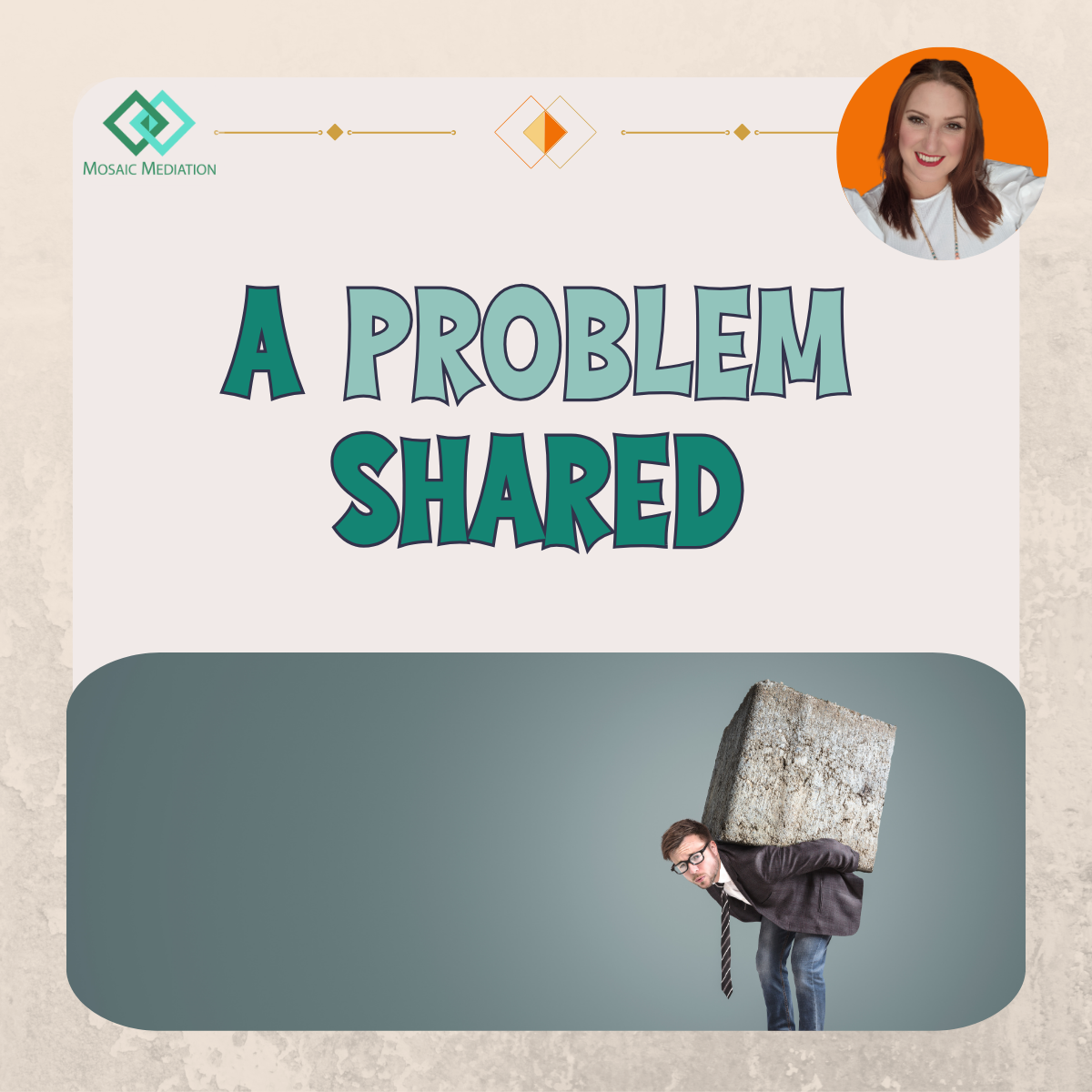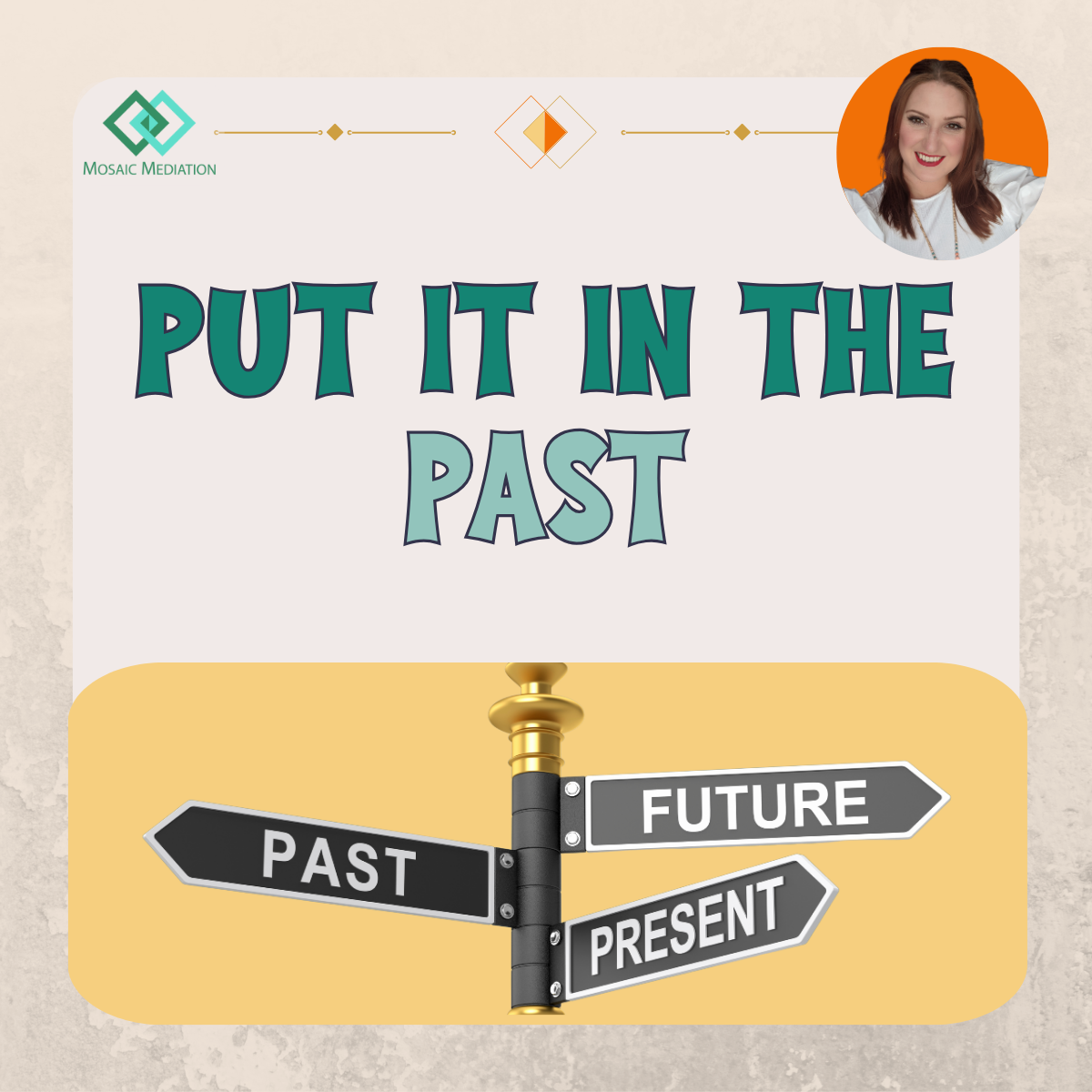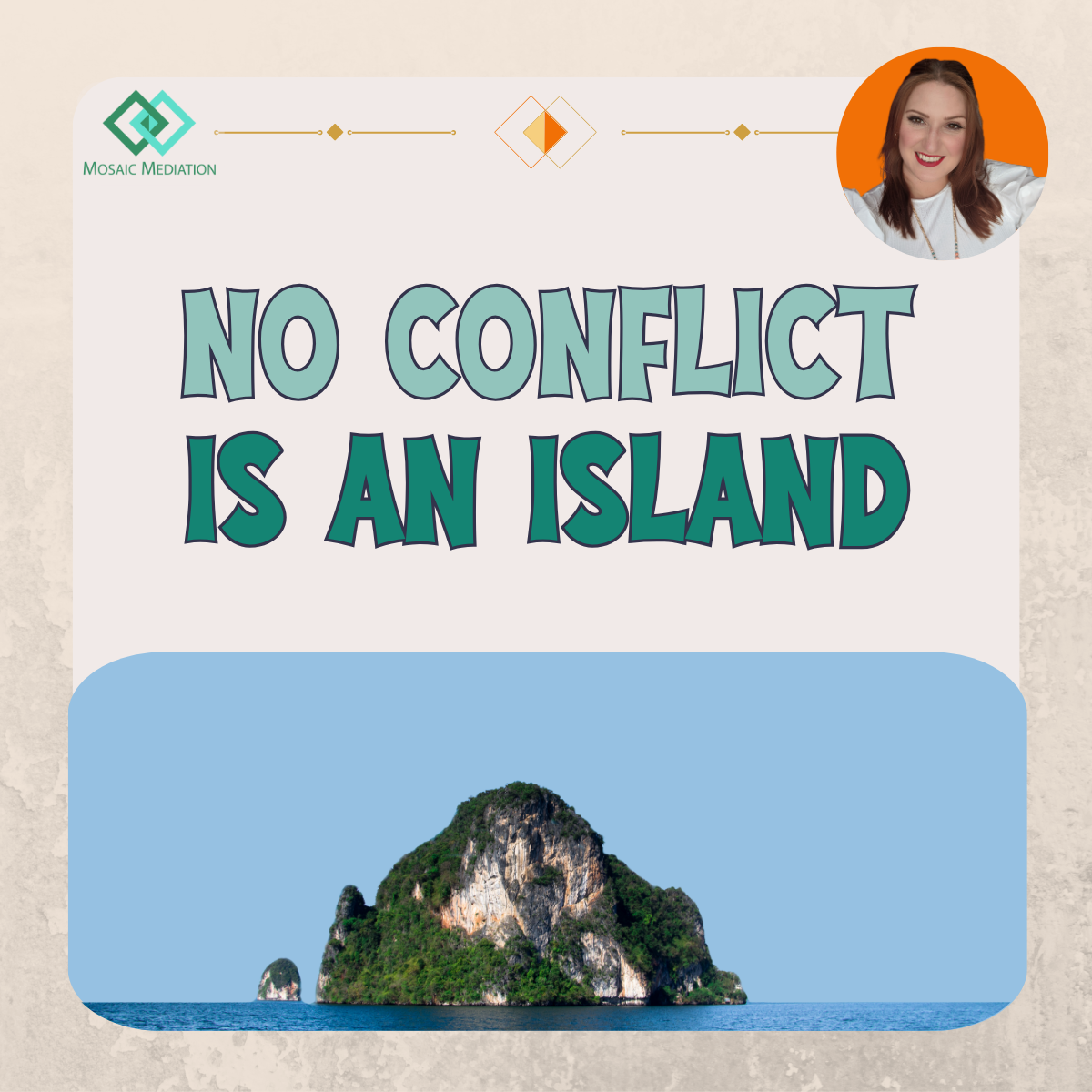The ‘M’ Word
When I meet new people and the conversation gets onto my profession, 8 out of 10 times their next question will be “Mediator, what’s that?” Of those that know what a mediator is, they would normally associate it with family law disputes.
Of those that do know what a ‘workplace and employment’ mediator does, many do not recognise how mediation can be used to resolve a dispute or conflict in the workplace. So here is a simplified description of what workplace and employment mediation is and is not:
What mediation is not:
• A replacement for HR processes or professionals
• A pointless exercise
• For the sole benefit of the employer (or employee)
• Dictating a solution
• To ensure employees always stay with the organisation
• Providing a short-term fix
What mediation is:
1. Completely voluntary
2. Without prejudice
3. Confidential throughout
4. Aiming for BOTH parties to find and agree a mutually beneficial solution
5. Not going to affect a person’s legal rights
6. A process in which the mediator is neutral and impartial throughout
7. Time-efficient
8. Focussed on long-term benefits
1. Mediation is voluntary
– which means that participants can leave whenever they want. The more willing a person is to participate, the more likely the mediation session is a success.
2. Mediation is without prejudice
– which means that whatever is discussed during mediation cannot be brought up as evidence in any future legal proceedings
3. Mediation is confidential
- Whatever is discussed with the mediator is treated as confidential and will not be discussed with any other participants unless the mediator has been given express permission to do so. At the end of the session, participants will agree specifically what information discussed during the day – if any - can be discussed with others.
4. Mediation aims for a mutually beneficial solution
– The aim is for a ‘win-win’ solution, so the process allows for the parties to come up with and think through ideas and solutions that both parties find acceptable and will be practicable.
5. Mediation does not affect legal rights
– So there is no risk of losing entitlement to rights or of compromising a person's legal position when going through mediation.
6. The Mediator is neutral and impartial
– The mediator will facilitate discussions but will not take sides. The mediator will also neither try to steer parties towards a solution that they think is best, nor will they impose their views on the parties.
7. Mediation is time-efficient
– The amount of time managers spend dealing with issues and disputes between colleagues or between the employee and the organisation is often greatly underestimated. If the conflict or concern is not dealt with effectively, it will then impact on others and the atmosphere in the workplace and could even lead to a tribunal – which costs time and can take several months or years to resolve. Whereas with mediation, most matters are able to be settled after a day of mediation.
8. Mediation focusses on the long-term
– Whenever ideas are presented they are realistic and to make sure that they are practicable in the short-term, and that in the long-term their effect is to reduce the likelihood of conflict arising again.
A mediator’s job is not to tell line managers, HR professionals or business owners how to do their job, nor is it to tell them where they are going wrong. Rather, mediators offer to facilitate a discussion when it becomes clear that the regular processes are not being as effective in this situation as they normally would be.
“Conflict is inevitable, but combat is optional.”
— Max Lucade
When to Ask for Help:
When a conflict or dispute erupts in a workplace, the first response is often for the relevant line manager to have an informal chat with those involved. In many situations, this can be enough to diffuse any issues, especially if some workable solutions can be found that would prevent such a conflict happening again. Sometimes the solution offered is to move disputing colleagues into separate teams – which may deal with some of the side-effects of the conflict but will not necessarily deal with the issue that led to the conflict in the first place. Another solution may be to remove the employee from the organisation altogether – however, if this is done in a way that makes the employee feel more aggrieved, the organisation may be inviting further problems to their door.
Sometimes, the situation may require a different approach, or to have someone else involved, for there to be effective and long-lasting results. When it comes to conflict – though, in some cases, space and time may be essential in the short-term – if concerns are left unresolved or mismanaged, it can cause great disruption in the workplace. In the extreme, some conflicts may be left so long that the damage cannot be undone.
If management or HR professionals are trained in conflict resolution techniques, it is more probable that conflict will be nipped in the bud. In some cases, for a conflict to be resolved they may need to invite a neutral third party in to facilitate the conversation. It could be that no matter how excellent a person is at conflict resolution or how good they are at staying neutral, the very fact that they are employed by the organisation could put them on the back-foot due to the potential perception that they have a vested interest in making sure the organisation comes out on top.
Workplace mediation can be used in numerous situations from performance management issues, personality clashes, back to work transitions, to bullying or harassment claims. If there is a situation that comes to mind that you think may benefit from mediation or you want to know more about the process, please get in contact through the Contact page or by emailing emma.jenkings@mosaicmediation.co.uk
.











